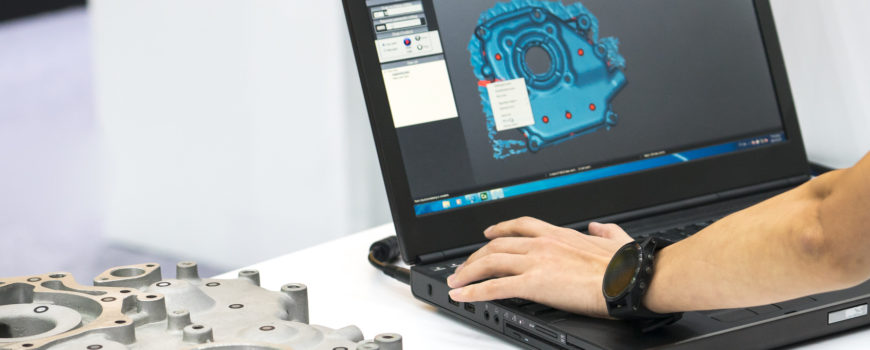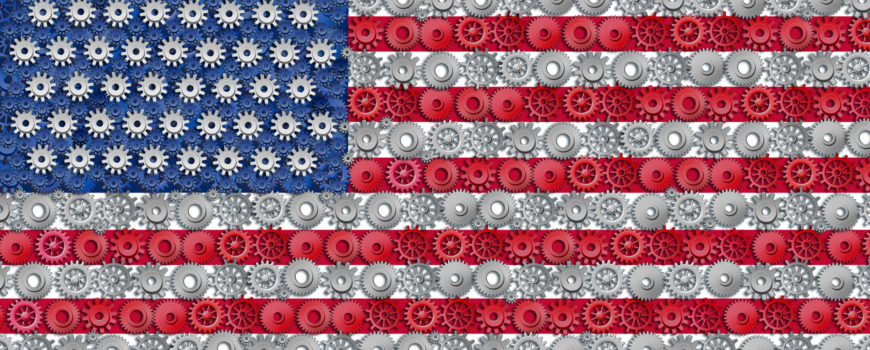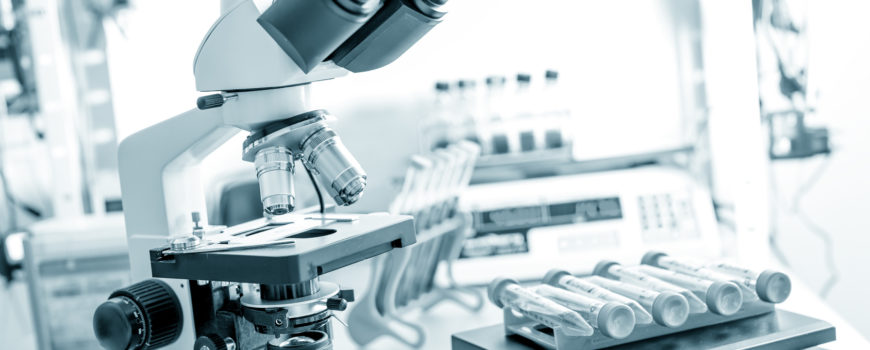The capabilities of CAD CAM software has greatly improved over the recent years, thanks to faster multicore and embedded processors backed by cloud-based innovations. Manufacturing firms are hard-pressed to keep up with the competitive advances in CNC machining, with each day introducing a new tool path creation, new software for simulation, multi-task machining, and CNC automation tools.
In terms of quality assurance, CAD CAM is fast moving into the footprint of surface finish measurements and part inspection. Parts design has also seen an integration of FEA capabilities for testing and predicting how different materials machined on prototypes will actually perform. Here are some of the recent improvements of CAD/CAM software in manufacturing:
Five-axis Machining
Five-axis machining has seen new capabilities with the introduction of new CAD CAM software solutions. They come with a broad range of 5-axis strategies that enhance roughing and finishing, improved point distribution, faster calculation periods, and simpler data management capabilities. The new roughing strategy now incorporates CNC machining (through a curve or line orientation) and programming based on a reference surface. The developers have put in massive smoothing algorithms to enhance more even point distribution as well as subtle vectors moving. Manufacturers can also avoid costly and time-consuming reworks on parts by utilizing the higher quality surface finishes.
Advanced Milling and Mill-turn Machines
Many US manufacturing firms have introduced a new functionality to enhance simultaneous 4 and 5-axis milling using the latest mill-turn machines. The technology has improved drilling methodologies to automatically find and machine holes on conical and cylindrical faces.
The advanced mill/turn machines have brought enormous improvements in productivity for many manufacturing firms in the USA. New software allows businesses to optimize their investment by availing the full range of 4 and 5-axis cycles in the CNC manufacturing process. Currently, more mold and die users are beginning to utilize 5-axis machining as the costs of such machines continuously drop.
Multi-axis CNC Software
The new multi-axis functionality and tool paths for hard milling and HSM have greatly improved CNC machining. The updated machining software brings a new dimension to the improved multi-axis tool hence providing customized and streamlined interface that can be fine-tuned to different applications like turbine blades and impellers. The same technology has now been introduced in many US manufacturing schools and mechanical engineering institutions to further advance the skill.
Advanced 3-D simulation Capabilities
US manufacturing companies have demonstrated various full-machine simulation modules that aim to provide photorealistic 3D models of cnc machine tools in operation. Based on 3-D solid models, the simulations can help manufacturers pinpoint potential collisions and errors in complex turn-mills with multitasking capabilities or Swiss-type turn-mills.
The new simulation modules offer improved collision detection and error-checking functionalities hence allowing manufacturers to perform more robust simulations than what is currently offered by CAM suppliers. Now, the simulated machine models can incorporate machine specific tool holders to ensure early detection of collisions on the user’s PC.
Summary
With global competitive pressures facing the manufacturing industry, mechanical engineering institutions, US manufacturing firms, and mechanical engineering schools are working overtime to produce the highest-quality finished parts by forming partnerships with machine tool programmers to develop workpieces that need little to no rework. Five-axis machining, advanced 3-D simulation, and cnc automation are some of the technology advances opening up new capabilities in manufacturing in USA.





